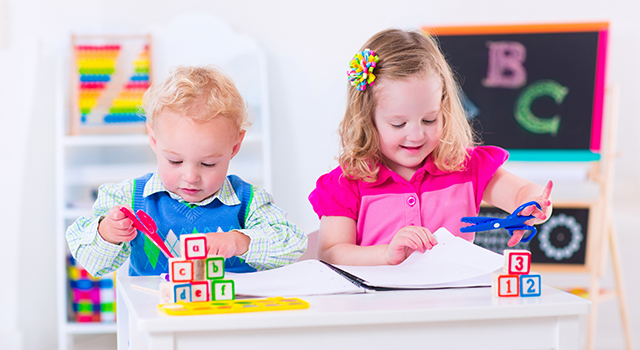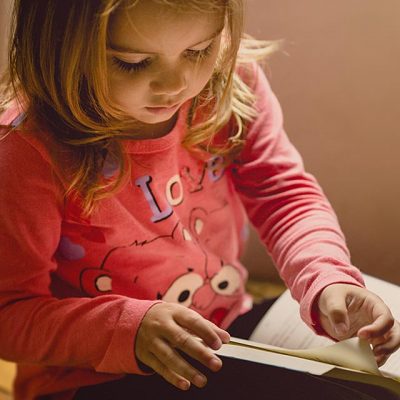A child’s learning, motor ability, and cognitive function are all influenced by their visual development.
A substantial part of eye anatomy and vision development occurs within the first few years of life, but they continue to improve well into the school years.
Healthy visual development is essential for your infant to reach their developmental milestones in a timely manner and can later on influence their academic performance and sports abilities.
Vision development and the brain
An infant’s brain is far from fully developed, as nerves and neural pathways mature throughout the first few decades of life— but critical development occurs in the first 5-7 years.
Visual development includes strengthening of the child’s focusing skills, as well the extraocular muscles that control eye movement.
Accurate eye movements allow an infant to use their eyes as a team and track objects as they move through space — skills that are vital for life.
Infancy
Infants are attracted to movement, patterns, and colors, such as pinwheels and crib mobiles.
In fact, any form of visual stimulation will attract a child’s attention during the first two years of life. Developmental specialists refer to this as ‘preferential looking’, which means that the eyes will automatically look towards a moving object rather than a stationary one, especially if it one that is brightly colored or has more contrast than one with more subdued hues.
All visual stimuli will help children establish more connections between the nerves in the brain. These connections enable children to make sense of their environment with their growing visual skills.
In other words, a well developed visual system helps children learn and develop their other senses.
Schedule an eye exam with an eye doctor near you to ensure your child’s vision is developing properly.
SEE RELATED: Vision Development and Milestones
Preschool
Children experience a substantial amount of their visual development by the time they reach five years old.
Vision development in children is essential for the cognitive stages of a child’s development.
By experiencing the correct vision development during the preschool years, many children can avoid learning problems once they attend kindergarten and grade school.
The link between the hand and the eye, also known as body-eye coordination, is a critical skill for a child to develop.
Outdoor activities such as catching a ball, ring-toss games or kicking a soccer ball around are enjoyable and serve to engage the entire body.
A jump rope is excellent fun and perfect for coordination when the child is a bit older.
What may hinder visual development?
The correct development of the visual system during the early years of a child’s life might be hindered by a variety of factors.
Childhood illnesses, head trauma or injury, problems during pregnancy or delivery, inherited conditions and environmental circumstances can contribute to the visual system’s inadequate development.
There are many crucial things for your child to learn between the time they are born and the time they start school. During these years, they learn more and at a faster rate than at any other time in their life.
Does my infant need an eye exam?
Yes.
An eye doctor experienced in seeing children will be able to exam the visual system of your infant and ensure they are itching their visual milestones.
Any issues in your child’s visual development, if detected early, can be remediated more easily, often with eye exercises or other fun activities.
Every child should have a comprehensive eye exam before their first birthday and then yearly, to ensure that there are no obstacles in the way of academic success.
LEARN MORE: Guide to Visual Development
Schedule an eye exam with an eye doctor near you to evaluate your child’s vision.
Visual development is key to your infant’s reaching their developmental milestones – influencing their cognitive development, school learning and even their athletic abilities.








